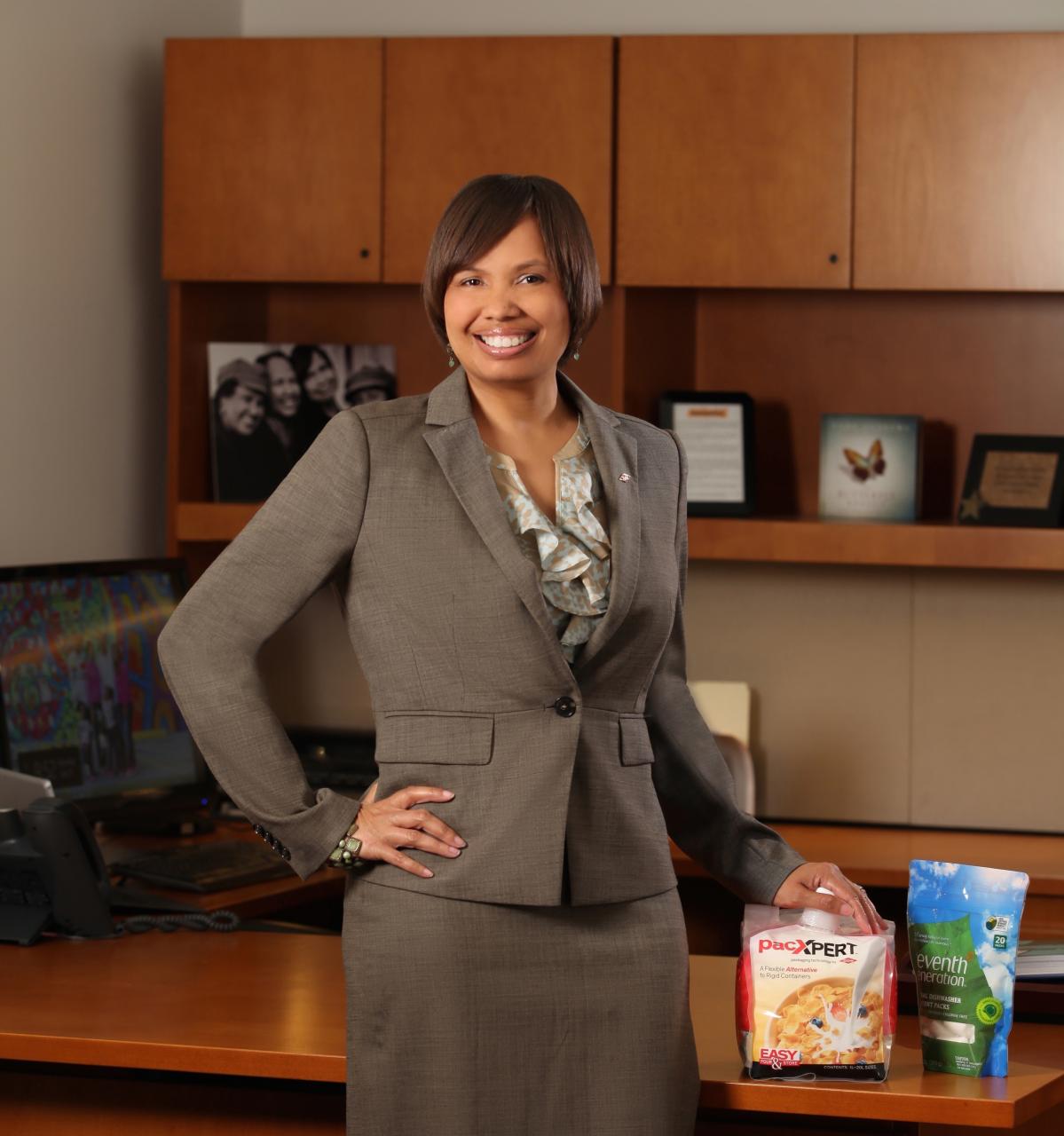August 17, 2016 Updated 8/17/2016
Email Print

Dow Chemical Co. Karen Carter is commercial vice president of Dow Chemical Co.’s packaging and specialty plastics unit.
Dow Chemical Co. is confident that new North American polyethylene capacity will find a home, either in the domestic market or as exports to many parts of the globe.
“We’re very excited about the expansion,” Dow executive Karen Carter said in a recent phone interview. “It will better position us to meet customer demand in the Americas.”
Midland, Mich.-based Dow plans to add more than 2 billion pounds of PE capacity at its petrochemicals complex in Freeport, Texas, by mid-2017. Dow and several other plastics and chemicals firms are adding capacity for PE and for ethylene feedstock as a result of increased supplies of low-priced natural gas throughout North America.
Some market watchers have raised concerns about the deluge of new PE capacity — a surge of more than 20 percent in North America by the end of 2017 — but Dow is looking at the bigger picture.
“This is really about population growth,” said Carter, who serves as commercial vice president of Dow’s packaging and specialty plastics unit. “A rising middle class around the world is increasing demand for packaging. We’re seeing polyethylene demand growth at 1.3-times global GDP, which comes out to 4 percent global PE demand growth per year.”
Low domestic PE demand growth can be balanced out by increased exports sales, according to Carter, a 22-year Dow veteran. “The North American market is challenging today, but it will recover,” she said. “There will be places for plastics to grow. We’re able to export around the world, and the world will absorb this new material.
“There are areas of the world where food isn’t packaged at all,” Carter added. “And there are areas where consumers are looking for convenience, freshness and easy storage, as well as for packages that can be reclosed and microwaved.”
Dow also “still is seeing customers growing and adding (production) lines … and some conversion is being repatriated” to North America, she said.
Exports of PE from North America typically have accounted for about 20 percent of annual production. With the new capacity, Carter said it’s possible that number could reach 30 percent.
She pointed out that Dow “isn’t only adding capacity,” but is adding “differentiated capacity” for materials such as Elite-brand enhanced PE and specialty grades of low density PE. These materials are being used in electronics, telecommunications and similar markets.
Dow also is seeing success with Innate — a line of linear low density PE packaging resins that the firm commercialized in late 2015. The materials were designed to provide improved in stiffness-toughness balance.
“Innate continues to penetrate the market,” said Carter, who was recently featured in Plastics News’ Women Breaking the Mold issue. “We’re pleased with the results so far. A lot of converters are moving to the product.”
The pending mega-merger between Dow and fellow plastics/chemicals titan DuPont Co. “is progressing as expected,” Carter said, and is expected to close in the fourth quarter of this year. She declined to comment on how the merger might affect Dow’s plastics business.
In spite of the potential challenges facing polyethylene and plastics, Dow officials believe that the positives far outweigh any negatives.
“This is a historic time in industry,” Carter said. “We’re glad to be part of it.”





























